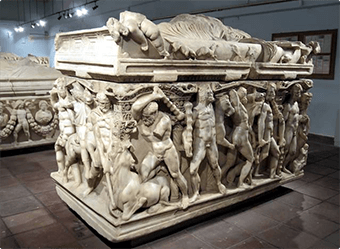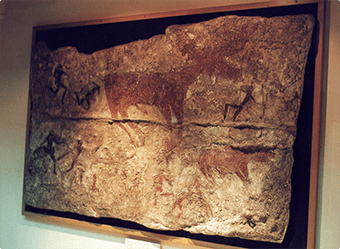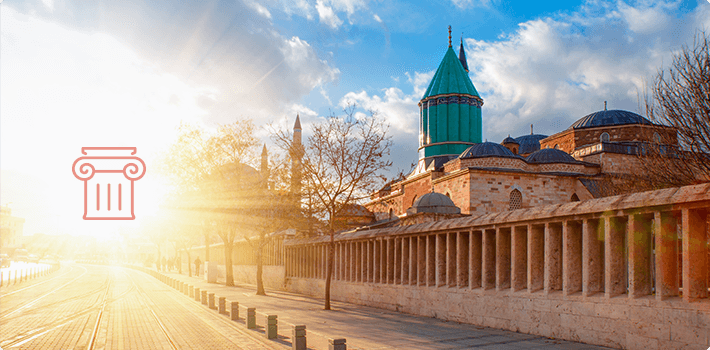History of Konya
Konya is one of our rare cities of which names have not been changed for ages. It is rumored that its name is derived from the word 'Icon' which means 'Sacred Image'. Another story about its name tells that a monument was built in memory for the person who killed the dragon bothering the city, and this monument's name was also 'Iconion'. There are other such rumors about the name story of Konya.
People in Konya had already adopted a sedentary life for 7000 BC. It is one of the oldest cities of our country. It was in territories of several states and became a capital as well.


Konya was in the territory of Byzantine Empire until the 10th Century. The Seljuk Turks came to Konya after the 10th Century. The Seljuk Empire defeated the Byzantine Empire and the Turks entered into Anatolia having conquered Konya. Following the conquest, the period of Turkish-Islamic domination began in Konya. These events resulted in Turkification and Islamification of Anatolia. The freedom of thought and faith increased the loyalty of the local people to the state.
Konya blossom out and enjoyed its sort of golden age with the architectural works of art of the Anatolian Seljuk Sultanate. Poets, philosophers and scholars of the era spent time in Konya. Sufis such as Baha al-Din Walad, Mawlana Jalaluddin Rumi and Shams Tabrizi in our city and produced their most well-known works in Konya. Konya, which was ruled by the Anatolian Seljuk Sultanate for 211 years, became one of the most developed cities of Anatolia during that era.
In 1308, after the collapse of the Anatolian Seljuk Sultanate, Konya was ruled by the Karamanid Principality. In 1465, Mehmed the Conqueror, the Sultan of the Ottoman Empire, ended the Principality of Karaman, and Konya became a neighbor of the Ottoman Empire. The capitol of the province of Karaman that was founded as a province became Konya. Later, this name changed to Konya Province. Today, Konya, which grew and thrived quickly, is among the most developed cities of our country.
